
Concrete Saw Electric: A Guide to Choosing the Right Tool
A concrete saw, also known as a masonry saw or a stone saw, is an essential tool for cutting through concrete, brick, stone, and other hard materials. Whether you’re a professional contractor or a DIY enthusiast, understanding the different types of concrete saws and their features will help you select the best tool for your specific needs.
Types of Concrete Saws
- Angle Grinders:
- Description: Angle grinders are versatile tools that can be used for cutting, grinding, and polishing. They have a circular blade that spins at high speeds.
- Pros: Affordable, portable, and can be used for various tasks.
- Cons: Not ideal for large-scale cutting, can generate a lot of dust, and requires careful handling to prevent accidents.
-
Circular Saws:
- Description: Circular saws have a circular blade that spins on a vertical axis. They are similar to woodworking circular saws but are designed for cutting harder materials.
- Pros: Powerful, efficient, and can handle larger cuts.
- Cons: Heavier and less portable than angle grinders.
-
Reciprocating Saws:
- Description: Reciprocating saws have a reciprocating blade that moves back and forth in a straight line. They are ideal for cutting irregular shapes and tight spaces.
- Pros: Versatile, portable. And can be used for demolition work.
- Cons: Slower cutting speed compared to circular saws.
-
Wet Saws:
- Description: Wet saws use a diamond blade that is constantly cooled by water. This helps to prevent the blade from overheating and prolongs its lifespan.
- Pros: Produces cleaner cuts, reduces dust, and is ideal for precision work.
- Cons: Requires a water source, can be messy, and is heavier than dry saws.
-
Dry Saws:
- Description: Dry saws use a diamond blade that is not cooled by water. They are portable and ideal for outdoor use.
- Pros: Portable, easy to use, and does not require a water source.
- Cons: Produces more dust, can overheat the blade, and may not produce as clean cuts as wet saws.

Choosing the Right Concrete Saw
When selecting a concrete saw, consider the following factors:
- Cutting Depth: Determine the maximum depth of cuts you need to make.
- Cutting Material: The type of material you will be cutting will influence your choice of saw. For example, a wet saw is ideal for cutting marble or granite. While a reciprocating saw is better suited for cutting irregular shapes.
- Portability: If you need to move the saw frequently, a lighter and more portable model is essential.
- Power Source: Choose between electric corded, electric cordless, or gas-powered options based on your preferences and job requirements.
- Safety Features: Look for saws with safety features such as blade guards, anti-kickback mechanisms, and ergonomic handles.
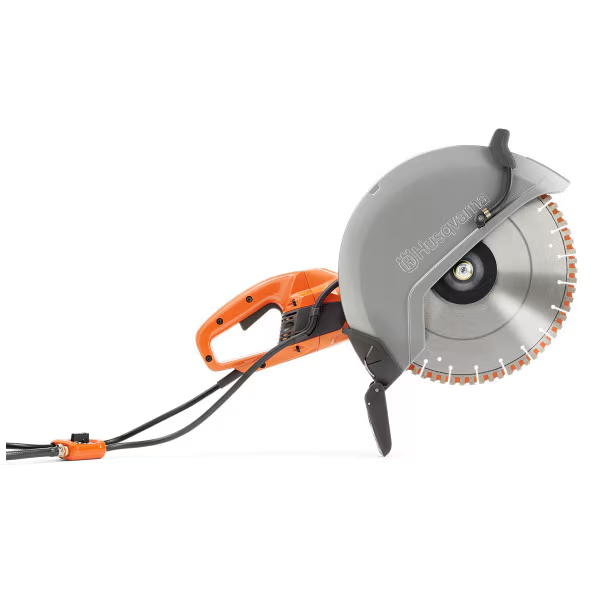
Tips for Using a Concrete Saw
- Wear Protective Gear: Always wear safety glasses, a dust mask, gloves, and hearing protection when using a concrete saw.
- Use the Right Blade: Select a blade that is appropriate for the material you are cutting and the desired cutting depth.
- Maintain the Saw: Regularly clean and maintain your saw to ensure optimal performance and safety.
- Follow Manufacturer’s Instructions: Always refer to the manufacturer’s instructions for proper use and maintenance of your concrete saw.
Provide a step-by-step guide
Preparation
- Mark the Cutting Line: Use a chalk line or marker to clearly indicate the cutting line.
- Secure the Material: If possible, clamp or secure the material to a stable work surface to prevent it from moving during cutting.
- Set Up a Water Source (if using a wet saw): If you’re using a wet saw, ensure a steady water supply is available.
Cutting Process
- Start the Saw: Turn on the saw and let it run for a few seconds to stabilize.
- Guide the Saw: Gently lower the saw onto the cutting line, maintaining a firm grip.
- Cut Slowly and Steadily: Move the saw forward at a steady pace, applying gentle pressure. Avoid forcing the saw, as this can cause the blade to bind or break.
- Keep the Blade Cool: If using a wet saw, ensure the blade remains wet throughout the cutting process. For dry saws, take short breaks to allow the blade to cool down to prevent overheating.
Finishing Touches
- Complete the Cut: Continue cutting until the blade has penetrated the entire thickness of the material.
- Turn Off the Saw: Once the cut is complete, turn off the saw and allow it to come to a complete stop before removing it from the material.
- Clean Up: Remove any debris or dust from the work area and the saw itself.
By following these steps and prioritizing safety, you can effectively and safely use a concrete saw for your projects.
Concrete Saw Accessories
- Diamond Blades: Different types of diamond blades are available for cutting various materials and achieving different finishes.
- Dust Extraction Systems: These systems help to reduce dust exposure and improve air quality.
- Work Tables: A work table can provide a stable and secure platform for cutting materials.
- Cutting Guides: Cutting guides can help you make straight and accurate cuts.

Highlight its importance in construction, demolition, and renovation projects
Concrete saws are essential tools in a wide range of construction, demolition, and renovation projects. Their ability to cut through hard materials efficiently and precisely makes them invaluable for professionals and DIY enthusiasts alike.
Construction Projects
- Foundation Preparation: Concrete saws are used to cut trenches for footings. Create openings for pipes and cables. And shape foundations to fit specific requirements.
- Wall and Floor Cutting: They are essential for creating doorways, windows, and other openings in concrete walls and floors.
- Slab Installation: Concrete saws can be used to cut slabs to size and shape for patios. Driveways. And other outdoor spaces.
- Plumbing and Electrical Work: They help to create openings for pipes, conduits, and other utilities.
Demolition Projects
- Structural Removal: Concrete saws can be used to cut through walls, beams. And other structural elements during demolition projects.
- Material Recycling: They can be used to break down concrete structures into smaller pieces for recycling.
- Site Preparation: Concrete saws can help to clear debris and prepare the site for new construction.
Renovation Projects
- Remodeling: They are essential for creating new openings or modifying existing ones during remodeling projects.
- Floor Replacement: Concrete saws can be used to remove old floors and prepare the surface for new flooring.
- Accessibility Improvements: They can help to create ramps, widen doorways, and make other modifications to improve accessibility.
Additional Benefits
- Increased Efficiency: Concrete saws can significantly speed up construction, demolition, and renovation projects, saving time and money.
- Improved Accuracy: They allow for precise cuts. Ensuring that projects are completed to the highest standards.
- Versatility: With different types of blades and accessories. Concrete saws can be used for a wide range of tasks.
- Safety: When used correctly, concrete saws can be a safe and efficient way to cut through hard materials.
In conclusion, concrete saws are indispensable tools in the construction, demolition, and renovation industries. Their versatility, efficiency, and precision make them essential for professionals and DIY enthusiasts alike. By understanding the different types of concrete saws and their applications, you can select the best tool for your specific needs and ensure successful project completion.
A concrete saw is an indispensable tool for anyone working with concrete or other hard materials. By understanding the different types of saws, their features, and the factors to consider when making a purchase, you can select the best tool for your specific needs and ensure safe and efficient cutting.




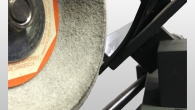

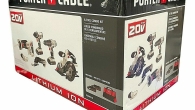
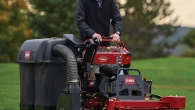

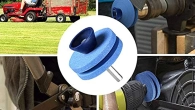

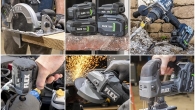
Leave a Reply